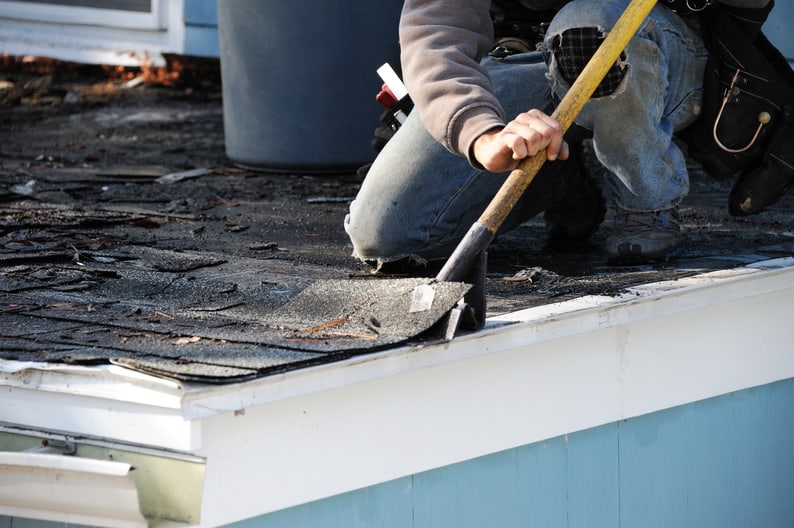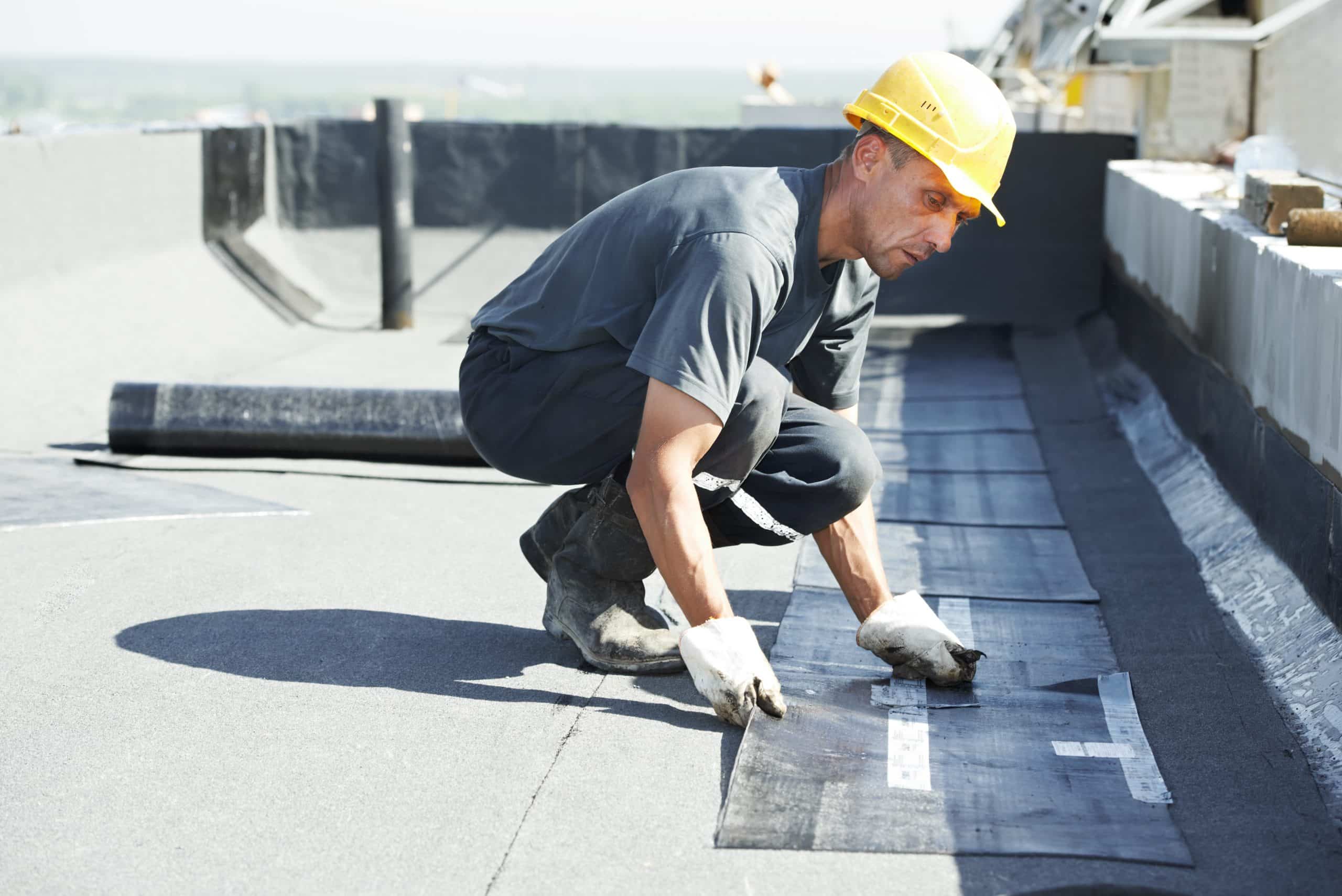Roofing Companies Oahu: Top-Rated Roofers for All Roofing Projects
Wiki Article
Comprehending the Various Types of Roofing Systems: A Comprehensive Overview for Homeowners
In the realm of homeownership, picking the ideal roof design is a decision that carries considerable implications for both functionality and visual allure. With a range of options-- varying from the typical gable to the contemporary level-- each kind provides one-of-a-kind benefits and challenges that need to align with the homeowner's environmental factors to consider and specific requirements. Understanding these differences not only aids in making an informed selection but additionally influences long-lasting upkeep and energy performance. As we check out the ins and outs of various roofing kinds, it becomes obvious that a person dimension does not fit all; the ideal option might surprise you.Gable Roof Coverings
Gable roofing systems, identified by their triangular shape, are among one of the most preferred roof covering designs because of their simplicity and effectiveness in dropping water and snow. This design includes 2 sloping sides that satisfy at a ridge, allowing for effective water drainage and minimizing the danger of water build-up. The high pitch commonly related to gable roofs enhances their capacity to take care of hefty rainfall, making them appropriate for numerous climates.In addition to their sensible advantages, gable roofing systems provide visual flexibility. They can be adapted to different building designs, from conventional to modern homes. The style can also accommodate added features such as dormer windows, which enhance natural light and ventilation in the attic room.
In addition, gable roofs supply sufficient area for insulation, adding to energy performance. Homeowners can choose from a range of roof covering products, including asphalt tiles, steel, and floor tiles, better enhancing modification options.
Regardless of their benefits, saddleback roofs might require extra support in locations prone to high winds or hefty snowfall. Generally, the saddleback roof remains a popular selection as a result of its mix of performance, sturdiness, and visual appeal.
Apartment Roofs
Flat roofing systems are frequently acknowledged for their minimalist style and functional applications, particularly in commercial and commercial setups (oahu roofing). These roof coverings feature a horizontal or virtually horizontal surface, which permits very easy building and flexible room usage. While they may lack the visual charm of pitched roofing systems, flat roof coverings offer many benefits, especially in urban environments where taking full advantage of room is importantOne of the main advantages of flat roofing systems is their availability. Home owners can use the roof room for various purposes, such as roof gardens, terraces, or photovoltaic panel installations. Additionally, level roofing systems are commonly much more affordable to mount and preserve contrasted to their sloped equivalents, as they call for fewer materials and labor.
Nonetheless, flat roofing systems do present particular obstacles. Correct drainage is necessary to stop water merging, which can bring about leaks and structural damage. Therefore, selecting top notch waterproofing products and routine examinations are important for ensuring long life. Typical products made use of for flat roofings include built-up roof covering (BUR), modified bitumen, and single-ply membranes, each offering unique benefits. In general, flat roofs act as a practical and versatile option for many property owners and organizations alike.
Hip Roofs
Hip roofs are defined by their sloped sides that merge at the top, developing a ridge. This style stands out from saddleback roofs, as all 4 sides of a hip roofing system slope downwards toward the wall surfaces, supplying a much more secure framework. The angle of the inclines can vary, enabling convenience in architectural looks and performance.Among the main benefits of hip roofs is their capability to withstand hefty winds and unfavorable climate condition. The sloped surfaces allow much better water drainage, decreasing the danger of leaks and water damages. Furthermore, hip roofing systems use increased attic room room, which can be used for storage and even exchanged livable areas.
Nevertheless, building a hip roof covering can be more complicated and expensive than easier roofing system kinds, such as gable roofings. The added material and labor associated with producing the slopes and guaranteeing appropriate architectural integrity can lead to higher expenses. site here In spite of these drawbacks, lots of homeowners prefer hip roofs for their sturdiness, aesthetic allure, and possibility for energy efficiency.
Mansard Roofing Systems
Mansard roofs, commonly identified by their distinct four-sided layout, function 2 inclines on each side, with the reduced incline being steeper than the top. This architectural design, stemming from France in the 17th century, is not only visually appealing yet functional, as it makes best use of the usable area in the upper floorings anonymous of a building. The steep lower slope enables more headroom, making it an optimal option for lofts or attics, which can be converted into living spaces.Mansard roofing systems are identified by their convenience, suiting numerous building styles, from standard to modern. They can be created with different materials, consisting of asphalt shingles, slate, or steel, supplying homeowners with a variety of choices to fit their budgets and choices. In addition, the style permits the integration of dormer windows, enhancing natural light and air flow in the upper levels.
Nevertheless, it is necessary to take into consideration the possible drawbacks. Mansard roofs may need more maintenance because of the intricacy of their style, and their high inclines can be challenging for snow and rainfall overflow. Overall, mansard roofs integrate elegance with practicality, making them a popular option amongst property owners seeking distinctive architectural features.
Dropped Roofing Systems
As homeowners progressively seek simplicity and functionality in their building designs, shed roof coverings have become a popular selection. Identified by a solitary sloping aircraft, a shed roof offers a minimal visual that complements various home designs, from contemporary to rustic.Among the main advantages of a shed roof is its simple building, which usually converts to lower labor and product expenses. This style permits efficient water drainage, reducing the danger of leaks and water damages. In addition, the vertical slope offers enough room for skylights, boosting all-natural light within the inside.
Dropped roofing systems also offer convenience in regards to usage. They can be successfully incorporated right into additions, garages, or outdoor structures like sheds and pavilions. Moreover, this roofing system have a peek at these guys design can accommodate numerous roof covering products, consisting of metal, asphalt tiles, or even eco-friendly roof coverings, straightening with environment-friendly efforts.
Nonetheless, it is important to think about local environment problems, as heavy snow tons may require changes to the roof covering's angle or framework. Overall, shed roofing systems offer a functional and cosmetically pleasing option for house owners aiming to optimize performance without endangering style.
Final Thought


Gable roofings, identified by their triangular form, are amongst the most prominent roof covering styles due to their simpleness and effectiveness in shedding water and snow. oahu roofing. The high pitch commonly associated with gable roof coverings improves their capability to take care of hefty rainfall, making them suitable for different climates
While they might do not have the aesthetic allure of pitched roofings, level roof coverings use various advantages, especially in urban atmospheres where making the most of space is vital.

Report this wiki page